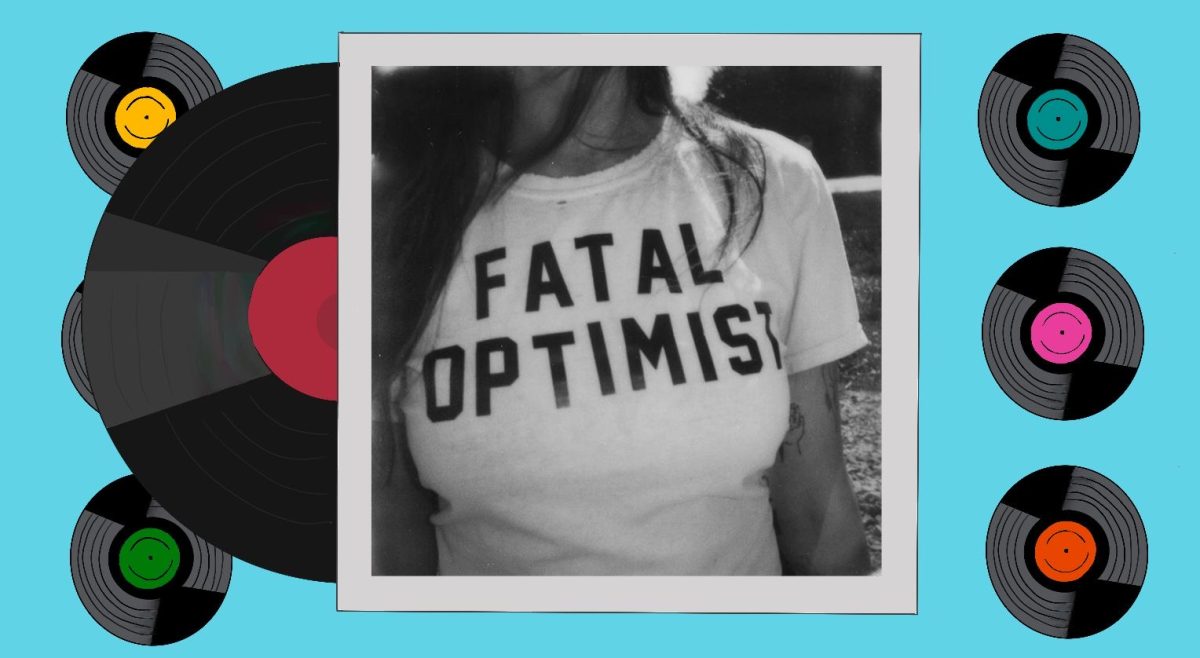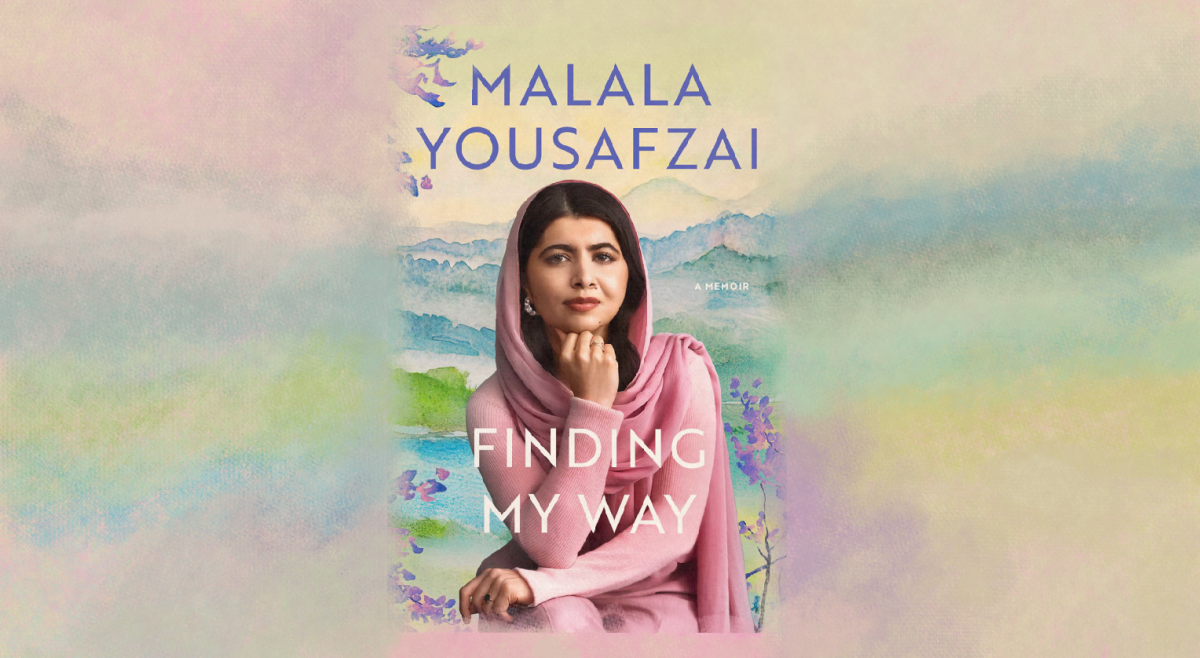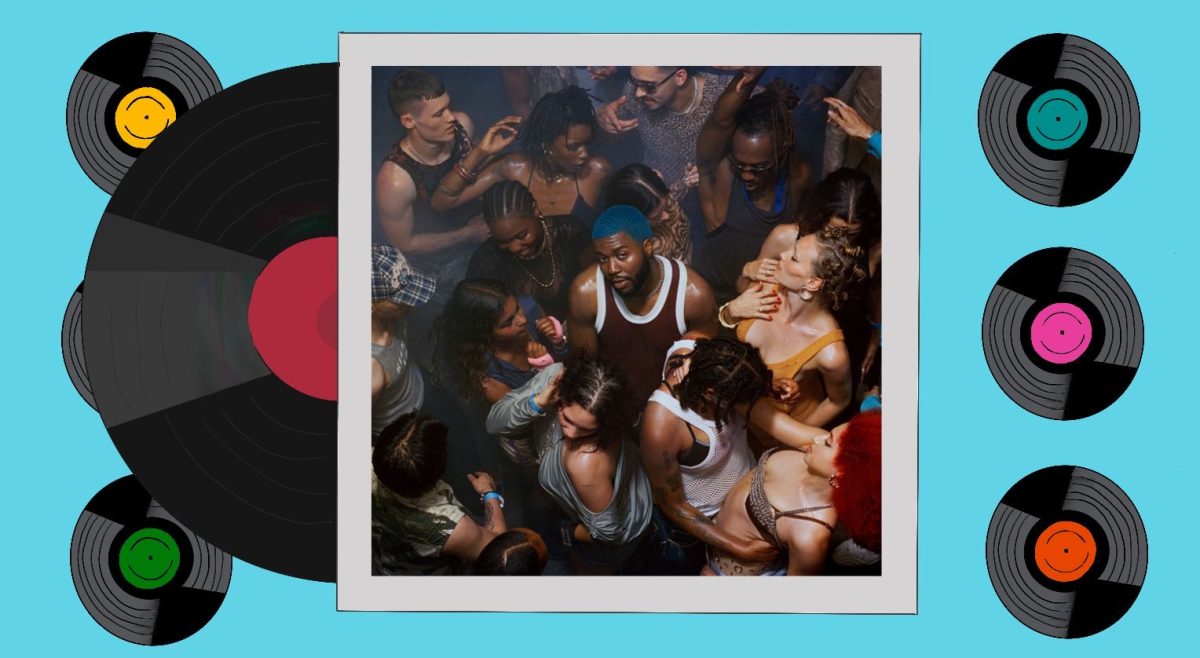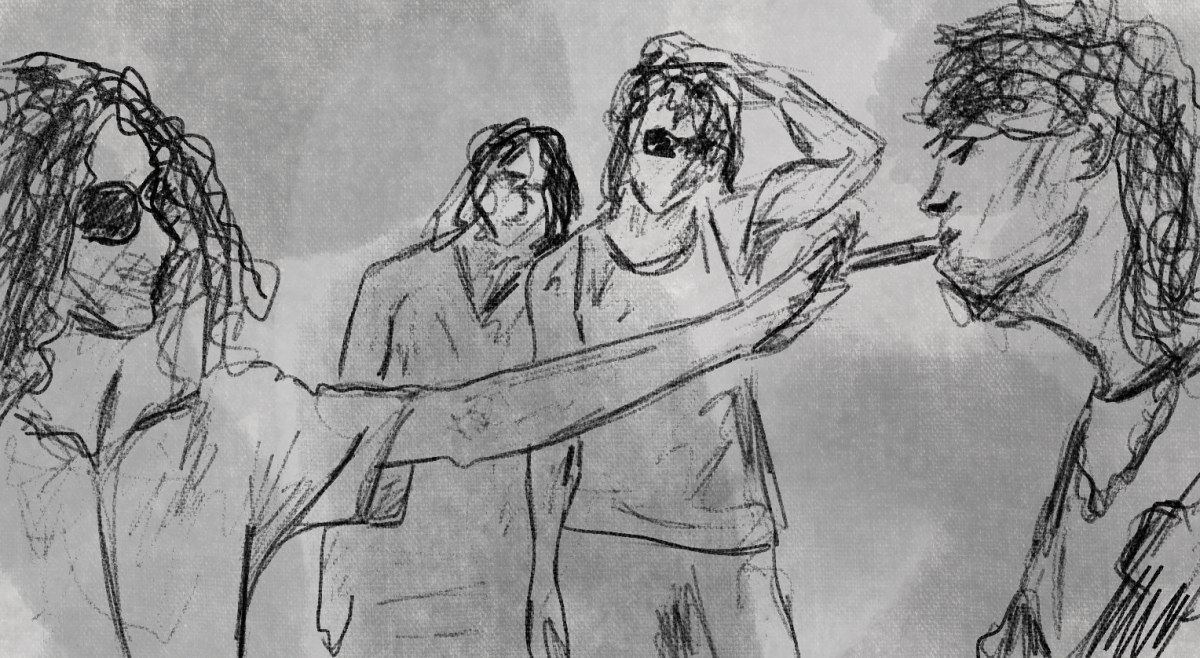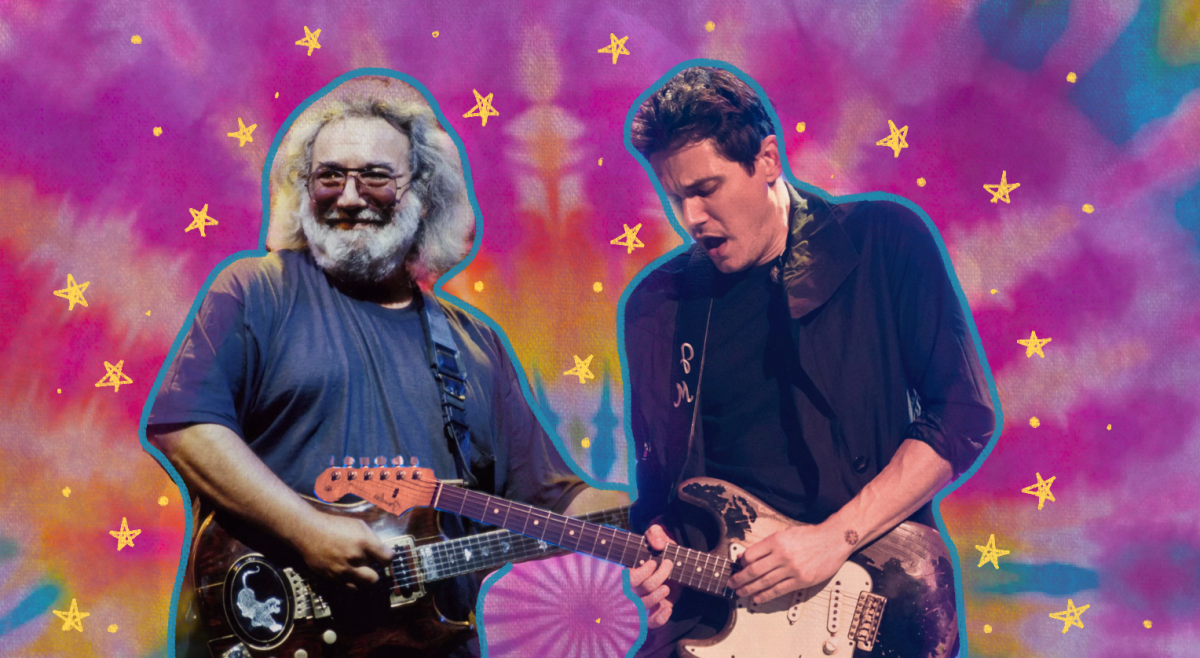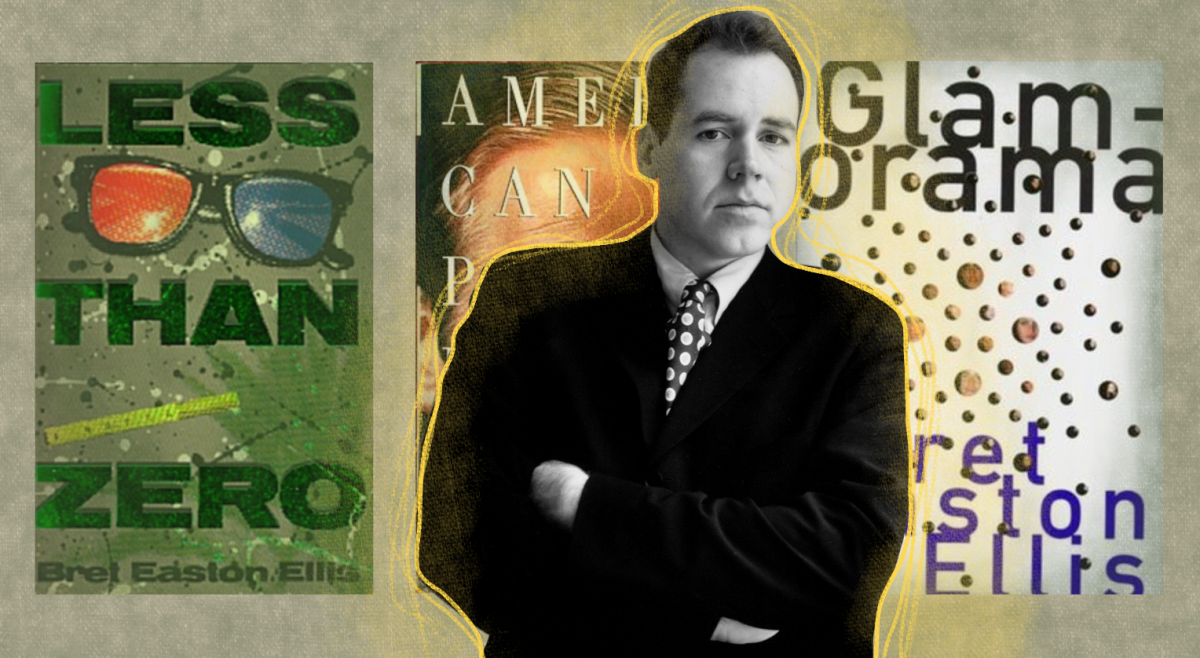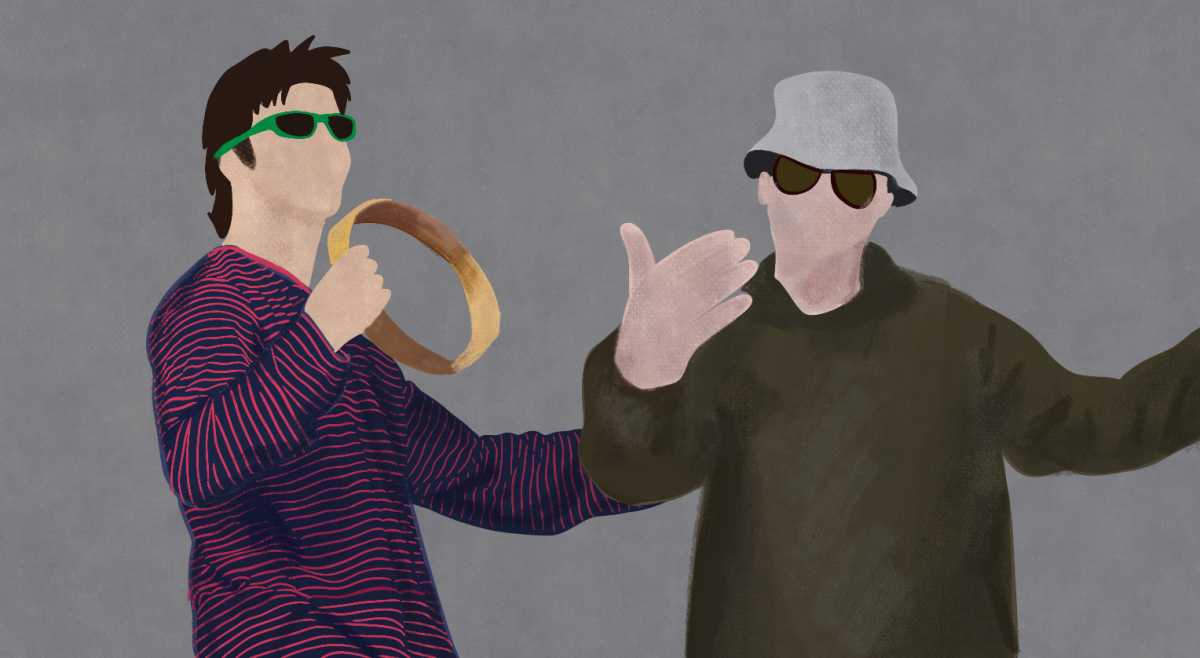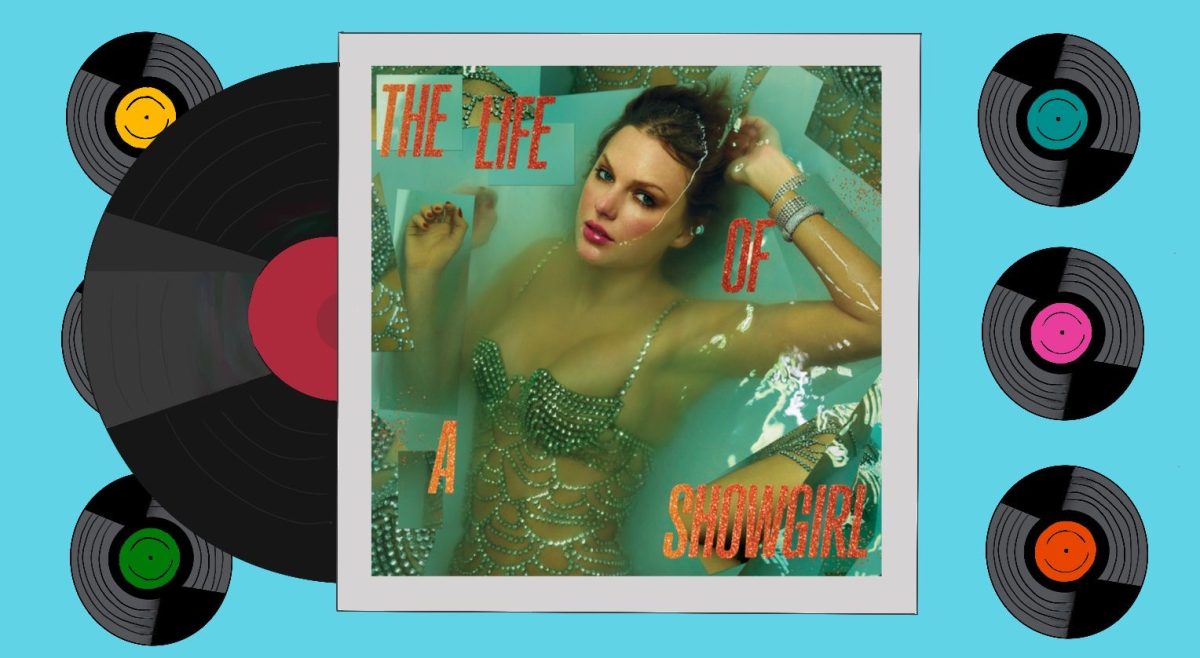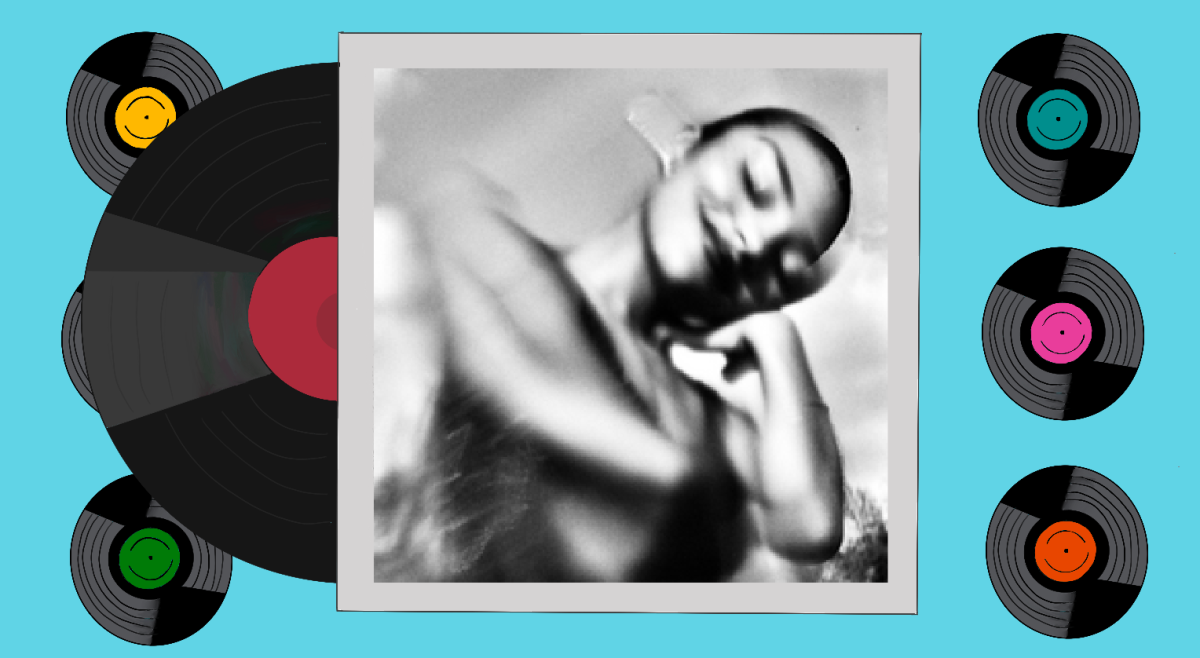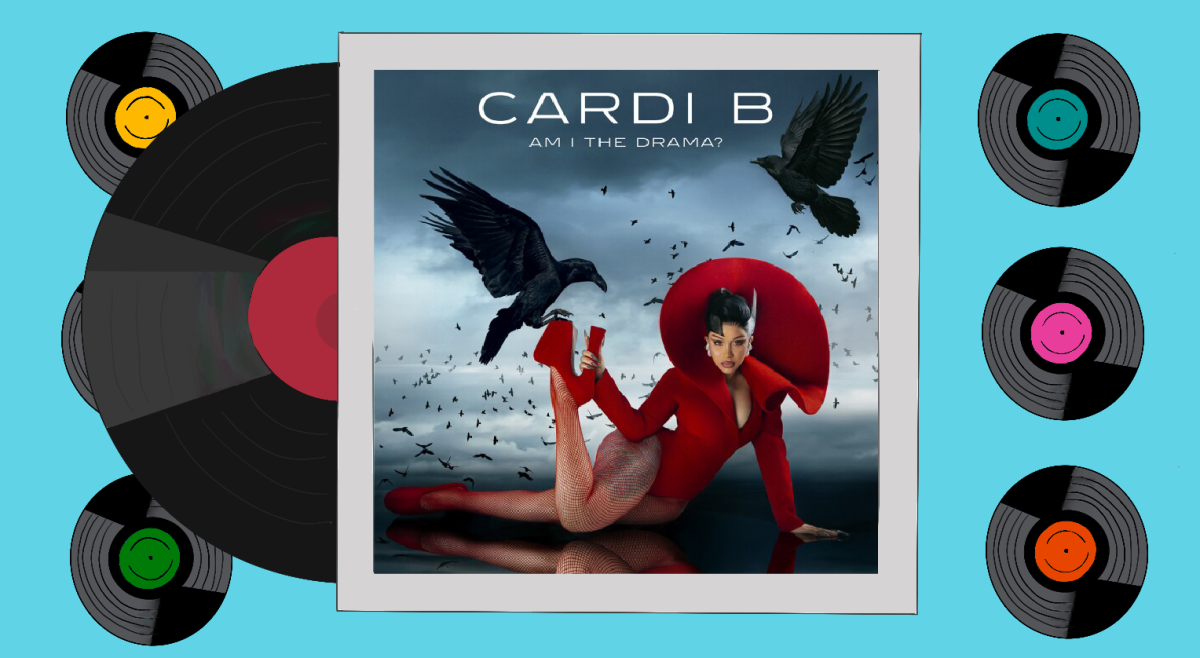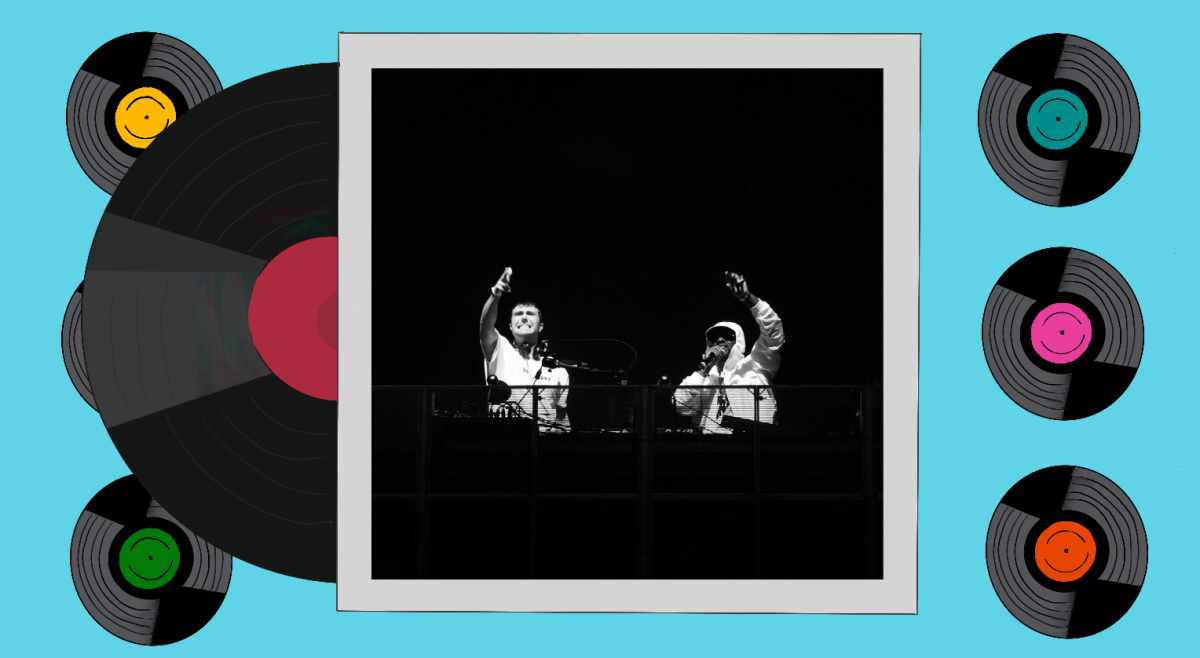There is no ongoing American regional divide quite like the East Coast vs. West Coast debate. What started as a hip-hop rivalry in the ’90s isn’t really confined by the genre anymore—it can be applied to many things, even outside the realm of music. Sure, there are some major differences between the Atlantic and Pacific, such as the pace of life (I guess you could say California is pretty chill), dress code (are Bean Boots and Patagonia fleeces even a thing out there?), and driving (I’m looking at you, Massholes).
It’s tradition versus freedom, history versus science, Boston versus Silicon Valley. We’re talking Daisy Dukes versus J. Crew wool coats, kids. It’s the battle of the coasts, but there’s one question—does the divide really apply to music, too? How much damage can 3,000 miles and a three-hour time difference really do?
Main characters in the original debate were Los Angeles’ Tupac Shakur (and his record label, Death Row Records) and New York City’s The Notorious B.I.G. (with Bad Boy Records). Both rappers were shot and killed in drive-by shootings. Not long before his death, Tupac was shot in Manhattan, and it is suspected Biggie and his label might be to blame.
Hip-hop emerged in the Bronx in the 1970s. Throughout the next decade, New York City remained at the forefront of the industry, with famous rappers like LL Cool J, Salt-n-Pepa, and the Beastie Boys making it their home. The genre became popular on the West Coast with the emergence of Ice-T and, shortly after, N.W.A (Straight Outta Compton). By this time, the West Coast hip-hop movement was in full force.
People from both coasts took sides—the mysterious, likely gang-related deaths of two rappers created one of music’s most intense rivalries. The lyrics in the songs released on both sides reflected the conflict in a terrifyingly twisted way (the words to B.I.G.’s “Who Shot Ya?” and and 2Pac’s “Hit ‘Em Up” are really eerie, especially in context). But was the music produced that different? Sure, to a certain extent—East Coast carries a more aggressive sound, while West Coast hip-hop is more laid back. The West Coast scene also popularized g-funk, which is a fusion between hip-hop and funk music.
Writing this article has been funny for me—if you know me at all, you know there aren’t many rap songs I can say I actually like. Really, I can’t stand much of it. Of course, this article isn’t news to me—I know who Tupac and Biggie Smalls are, but I couldn’t name one of their songs for the life of me. To me, Dr. Dre is the name written on the box my headphones came in and LL Cool J is the guy who hosts the Grammys every year.
But the more I think about it, the more I realize the East Coast-West Coast divide is actually everywhere. New York and Miami pull just as many great artists as Los Angeles. Alicia Keys, Blondie, Carole King, Talking Heads, Pitbull, Lady Gaga—they’re all East Coast musicians. But then there’s Maroon 5, P!nk, Metallica, the Grateful Dead, and Jason Mraz—all from California. There’s no difference in quality—you might be able to argue more jazzy, soulful music comes from New York while more pop is produced in L.A., but in reality it’s hard to tell.
In 2018, the Grammys moved from L.A. to Madison Square Garden in New York—and the Big Apple has asserted that it is reclaiming the right to be called America’s music capital. People tend to have a more old-fashioned outlook on artistry and music on the East Coast, and the traditionalism is attractive to many, but masses of musicians still reside in L.A., giving the city a leg up in the debate. But the truth of the matter is that no matter the appeal of California, New York City still houses 72 digital music companies, while there are only 35 in Los Angeles. New York’s music industry has generated upwards of 30,000 jobs and $13.7 billion in recent years.
The jury might be out on this one—statistically, New York City is gaining momentum in the realm of music productivity, but it may not be able to beat out the creativity and atmosphere of California—both have their pros and cons. So, whether you like to surf or sail, walk slow or fast, it’s safe to say that the musical debate from the ’90s is over. While the two coasts are different in culture, the divide has little to no effect on the arts.
Featured Graphic by Nicole Chan



